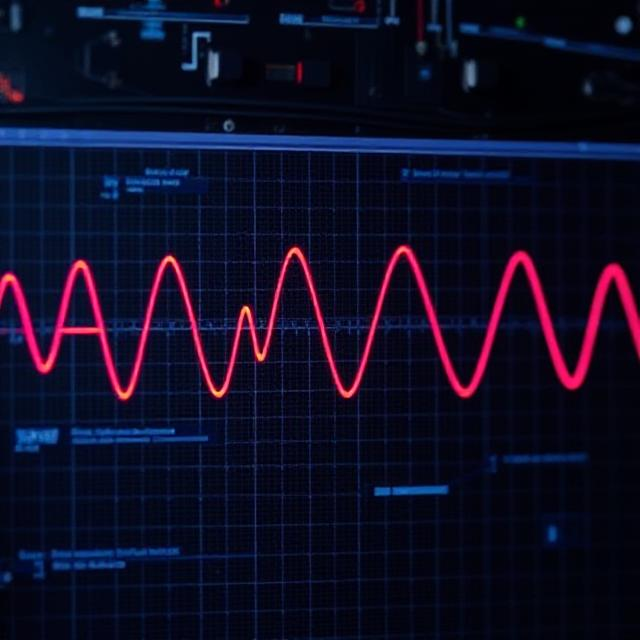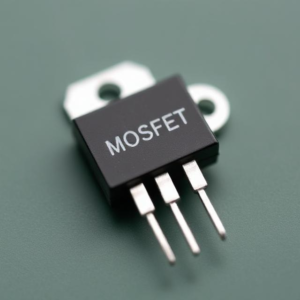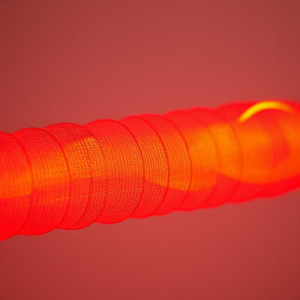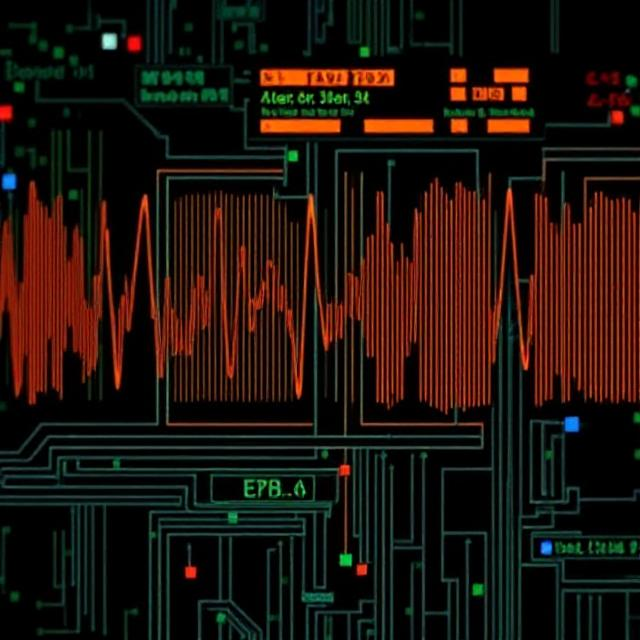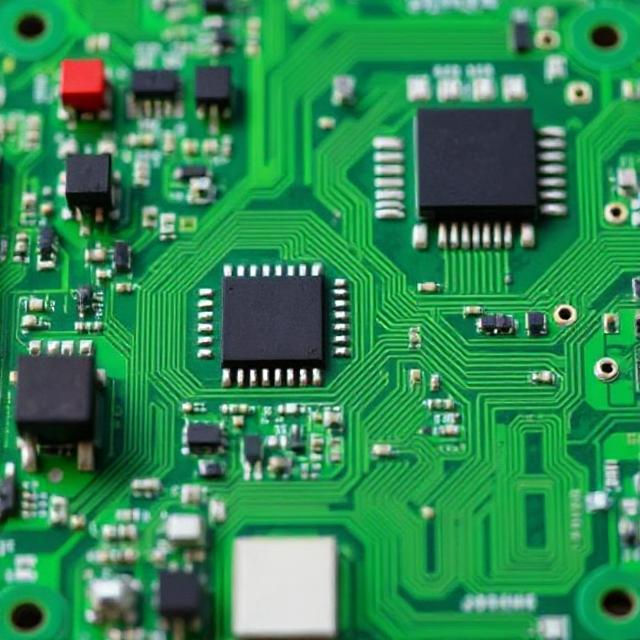A circuit is a path that allows electricity to flow. Just like water flows through pipes, electricity flows through wires in a circuit. Circuits are used in all electronic devices like phones, computers, televisions, lights, and more.

Basic Parts of a Circuit:
-
Power Source – This is where the electricity comes from. It could be a battery or electricity from a wall outlet.
-
Conductors – These are the wires or paths that carry the electricity. Most wires are made of copper.
-
Load – This is the device or part of the circuit that uses the electricity to do something. For example, a light bulb, fan, or motor.
-
Switch – This turns the circuit on or off. When the switch is on, the circuit is “closed” and electricity can flow. When it is off, the circuit is “open” and electricity stops flowing.
How Does a Circuit Work?
Electricity flows in a loop or a closed path. If the path is broken or open, the electricity can’t flow, and the device won’t work. When all the parts are connected properly and the switch is on, electricity flows from the power source, through the wires, into the load (like a bulb), and back to the power source.
There are two main types of circuits:
-
Series Circuit – All parts are connected one after another. If one part stops working, the whole circuit stops.
-
Parallel Circuit – Parts are connected side by side. If one part stops working, the rest can still work.
Real-Life Example:
Think about a flashlight:
-
The battery is the power source.
-
The wires carry electricity.
-
The bulb is the load.
-
The switch turns it on or off.
When the switch is pressed, electricity flows from the battery, lights the bulb, and goes back to the battery.
Summary (In Brief)
-
A circuit is a complete path for electricity to flow.
-
It has a power source, wires, a load (like a bulb), and often a switch.
-
A closed circuit allows electricity to flow; an open circuit does not.
-
There are two main types: series and parallel circuits.
-
Circuits are found in almost every electronic device we use.


